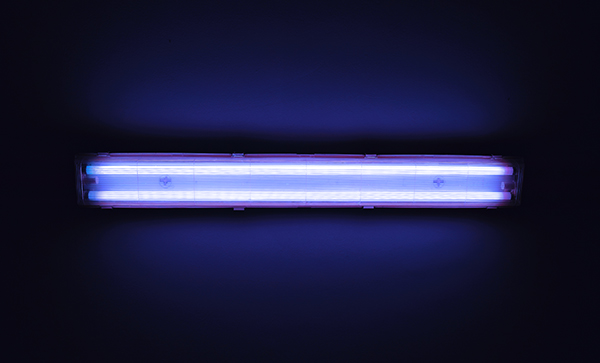As concern about coronavirus grows, disinfactant, hand sanitizer and sterilising machines are in high demand. Let’s talk about how to choose the right steriliser during epidemic.
UV and Ozone technology are commonly applied for sterilisers. Both have very powerful sterilization. Have you ever wonder how ozone and UV differ? If you want to buy a sterilizer at home, which one would be the best choice?
UV LAMPS
UV technology what we mentioned actually is UV-C light, the wavelength is between 200 and 280 nanometers. It can kill most of dangerous bacteria and viruses from MRSA to E. coli. Normally, when you use UV lamp for disinfection, you should put the objects closely to the lamp (within 1,5m) . The effectiveness of UVC depends on the length of time a microorganism is exposed to UV (within 30 – 60 mintues at least). Otherwise, it’s useless.
Dust and films coating the bulb will lower UV output. Therefore, bulbs require periodic cleaning and replacement to ensure effectiveness. The lifetime of germicidal UV bulbs varies depending on design.
Caution: Skin exposure to germicidal wavelengths of UV light can produce rapid sunburn and skin cancer. UV can damage the retina of the eye as well. Remember to leave from the room when using UVC for sanitization. It’s dangerous!

OZONE STERILISER
Ozone, the most powerful disinfectant, is 50 times more effective at disinfection compared to the most popular disinfectant – chlorine, and the effects of its action are visible 3,000 times faster. It has been widely applied for water purification, air sterilization and food storage over hunderd years.
Ozone can kill 99.9% bacteria and viruses. It’s been proven can kill SARS and MERS Coronavirus. One obvious benefit of ozone is that the reaction /sterilization is instantaneous as the gas contacts with air/object surface. Ozone has a 20-30 minute half-life in the air meaning that its concentration will break down quickly.
The only concerns of Ozone is the safety in use. Depends on the contamination level, 0.5 – 2.5 ppm ozone level is adequate for air disinfection. An accuracy control of the ozone concentration is one of the key indicators of ozone sterilisers. Caution: DON’T USE INDUSTIAL OZONE GENERATOR TO DO DISINFECTION AT HOME. Ozone abuse may cause throat irritation, cough, chest pain, shortness of breath.
Oshiner Ozone Air Purifier, with timer included, it can be easily operate and avoid overusing of ozone. The ozone concentration is strictly controlled under U.S. & EU Standard that you don’t need to worry about overusing the ozone and affecting health.
Kind Reminder: If you have asthma or other respiratory illness, or sensitive to the ozone smell, we kindly suggest you to be away from the room when the unit works.




